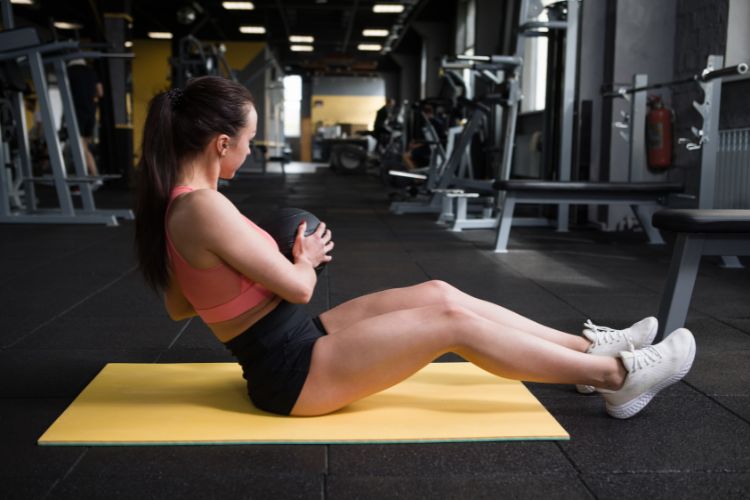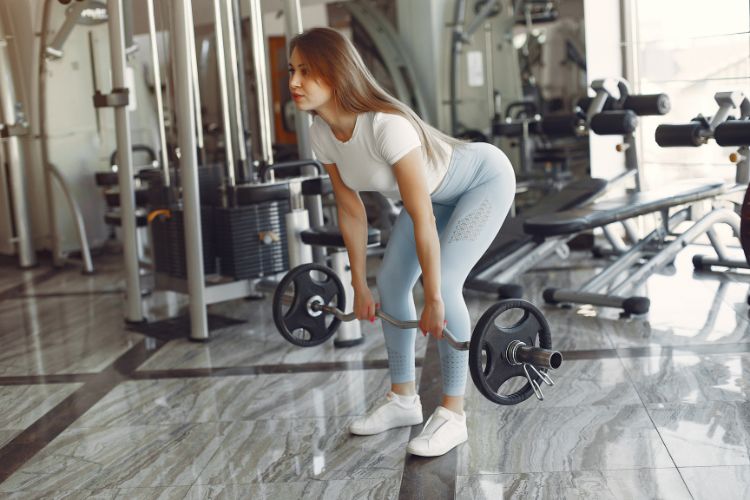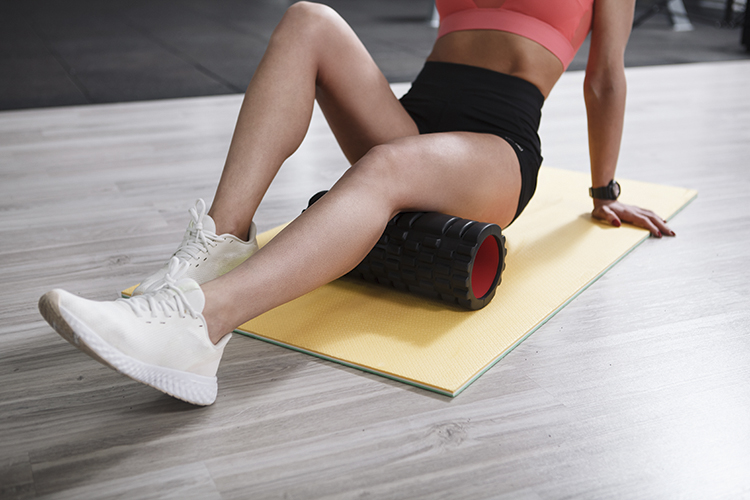Sign up for workout ideas, training advice, reviews of the latest gear and more.






For many fitness enthusiasts, leg day is both a challenge and a triumph. It’s the day we summon all our strength to challenge the largest muscle groups in our body. But as the old saying goes, “No pain, no gain.” After an intense leg day workout, muscle soreness can leave you feeling like you’ve been trampled by a herd of elephants. So, how can women ensure a proper and efficient recovery after leg day? Let’s delve into the essential tips and tricks.
Before diving into recovery, it’s essential to appreciate why we emphasize leg workouts. The legs house some of the body’s most extensive and powerful muscle groups like the quadriceps, hamstrings, and glutes. Training them not only improves lower body strength and endurance but also burns significant calories, aiding in weight management and boosting metabolism.
After putting your legs through the wringer, they need immediate nourishment. Consuming a post-workout meal or shake rich in protein and carbohydrates within 30 minutes to an hour post-exercise can significantly enhance muscle recovery. This combination helps replenish glycogen stores and repair muscle tissues.
Recommended: A protein shake blended with a banana or a meal comprising grilled chicken, quinoa, and veggies.
Never underestimate the power of a good stretch. After a heavy leg session, spend at least 10-15 minutes stretching the muscles you’ve worked. It increases flexibility, reduces muscle tightness, and boosts circulation, thus promoting faster recovery.
Favorite stretches: Quadriceps stretch, hamstring stretch, calf stretch, and the butterfly stretch for inner thighs.
Water plays a pivotal role in muscle recovery. After sweating it out, replenish your body’s water levels. Proper hydration aids in transporting essential nutrients to muscle cells and flushing out toxins, expediting the recovery process.
Also known as self-myofascial release, foam rolling can be a game-changer. It helps alleviate muscle tightness, soreness, and inflammation. Investing just a few minutes a day in foam rolling post-workout can significantly reduce the dreaded Delayed Onset Muscle Soreness (DOMS).
Epsom salt, a magnesium-rich compound, has been a recovery secret for athletes and trainers alike. Taking a warm bath infused with Epsom salts can relax muscle tension and soothe soreness. Just 20 minutes in this therapeutic bath can make a world of difference.
Instead of staying sedentary the day after leg day, indulge in low-intensity activities like walking, swimming, or yoga. Active recovery promotes blood circulation, reducing muscle stiffness and aiding faster muscle repair.
Your body undergoes the majority of its repair and recovery during sleep. Aim for 7-9 hours of quality sleep, especially after a taxing workout. It’s during these restful hours that your body produces growth hormone, essential for muscle repair and growth.
Incorporate foods known for their anti-inflammatory properties into your diet. These include berries, turmeric, ginger, fatty fish, and green tea. These foods can reduce inflammation in the body, aiding quicker recovery.
Lastly, and most importantly, tune into your body. Everyone’s recovery rate is different. If your legs are still sore and fatigued even after two days post-workout, give them more time to recover before your next leg session. Overtraining can lead to injuries, setting you back in your fitness journey.
Advanced Leg Day Recovery Techniques for Women
To truly master leg day recovery, it’s beneficial to delve deeper into the intricacies of muscle recuperation and the unique requirements of the female body. Here’s a more profound exploration of advanced recovery methods and techniques that every woman can benefit from:
Using compression socks or leggings post-workout might seem like a trend reserved for marathon runners or athletes, but there’s science behind the snug fit. Compression wear can enhance blood circulation, reduce muscle swelling, and decrease the severity of muscle soreness. It’s a simple addition that can make your post-leg day experience more comfortable.
Alternating between hot and cold baths, known as contrast baths, can significantly reduce muscle soreness. The science behind this is vasodilation and vasoconstriction, wherein the hot water expands your blood vessels, and the cold water contracts them. This alternation acts as a pump, removing waste products from the muscles and enhancing circulation. Try alternating between hot and cold showers or baths for a few minutes each for optimum results.
If possible, consider scheduling a post-workout massage. Not only is it relaxing, but a therapeutic massage can also stimulate circulation, alleviate muscle tension, and speed up recovery. If a professional massage isn’t an option, even a gentle self-massage can offer relief.
For women, it’s crucial to understand how our monthly cycles can impact muscle recovery. Some studies suggest that women might experience increased muscle soreness during the luteal phase (the second half) of their menstrual cycle due to hormonal fluctuations. Being aware of these changes can help in tailoring recovery strategies accordingly, such as focusing on more prolonged stretches or hydration during these times.
While water is vital, during intense workouts, our bodies also lose essential electrolytes like sodium, potassium, and magnesium. Consider replenishing not just with water but also with an electrolyte solution or drink. This step ensures your muscles receive the necessary minerals they need for efficient function and repair.
The physical aspects of recovery are just one piece of the puzzle. Mental recovery is equally crucial. Incorporating mindfulness practices or meditation can aid in stress reduction, which in turn can promote faster muscle recovery. Even a brief 10-minute mindfulness session can make a difference.
Several supplements have been researched for their recovery-boosting properties. While it’s essential to consult with a healthcare professional before starting any supplementation, some popular ones include:
While it might seem counterintuitive, occasionally replacing a leg day workout with a different form of exercise can enhance overall leg health. Activities like cycling or pilates can work the leg muscles differently, giving certain muscle groups a break while still promoting strength and endurance.
Consistency is vital for muscle adaptation. If leg workouts are spaced too far apart, you might find yourself in a perpetual state of soreness. Regularly training (with adequate recovery, of course) allows muscles to adapt and grow, decreasing the severity of DOMS over time.
Finally, always celebrate your progress. Whether it’s being able to squat a heavier weight, noticing more muscular legs, or even just feeling less sore than the previous week, every bit of progress deserves acknowledgment.
A Holistic Approach to Recovery
Leg Day Recovery is multifaceted, combining physical, nutritional, and mental aspects. While the advanced techniques above offer additional avenues for enhancement, it’s crucial to remember that the best recovery strategy is one that is holistic, consistent, and tailored to your unique needs as a woman. Embrace the journey, listen to your body, and let every leg day propel you towards your goals.
Stay up to date on the latest women’s health, fitness and lifestyle trends and tips.